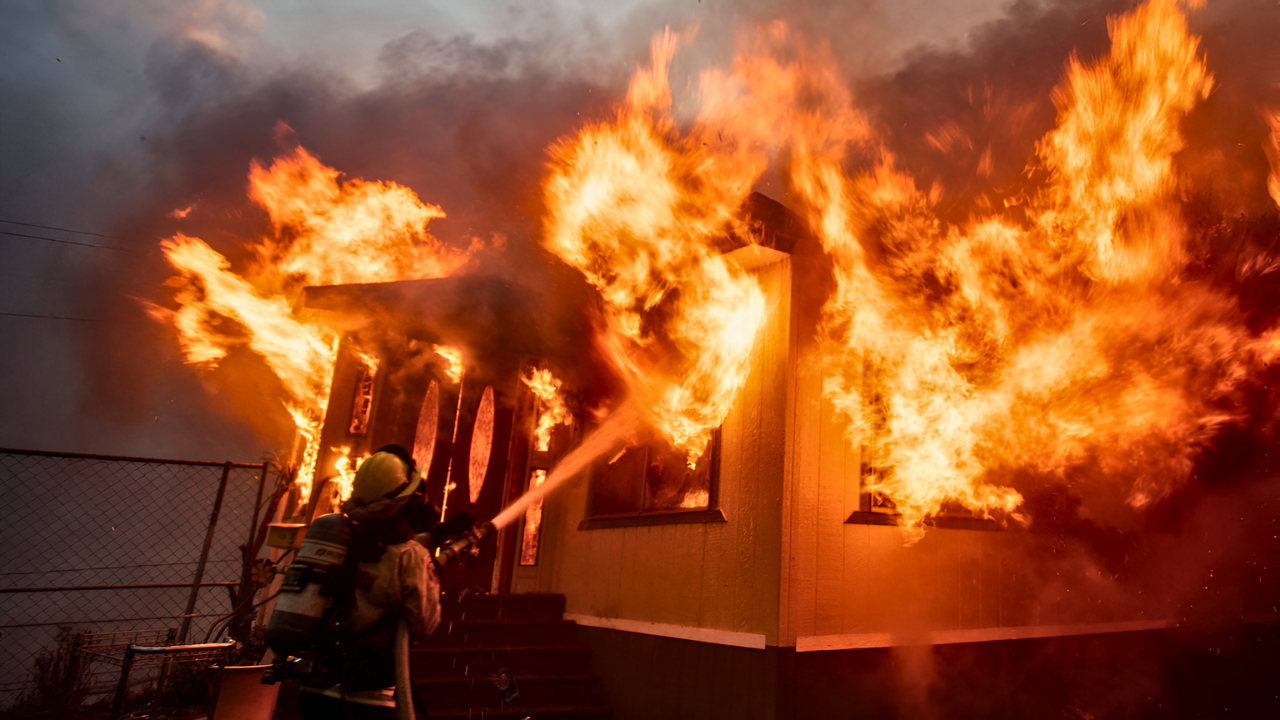
A routine Friday evening at the Port of Los Angeles was shattered by a sudden electrical fire aboard the container ship One Henry Hudson, transforming North America’s busiest port into the epicenter of a complex emergency. As cranes operated and workers prepared to end their shifts, the fire ignited deep within the vessel’s lower deck at 6:38 p.m., setting off a chain of events that would test the limits of local emergency response and disrupt global supply chains.
Explosion in the Dark: Firefighters Face the Unknown
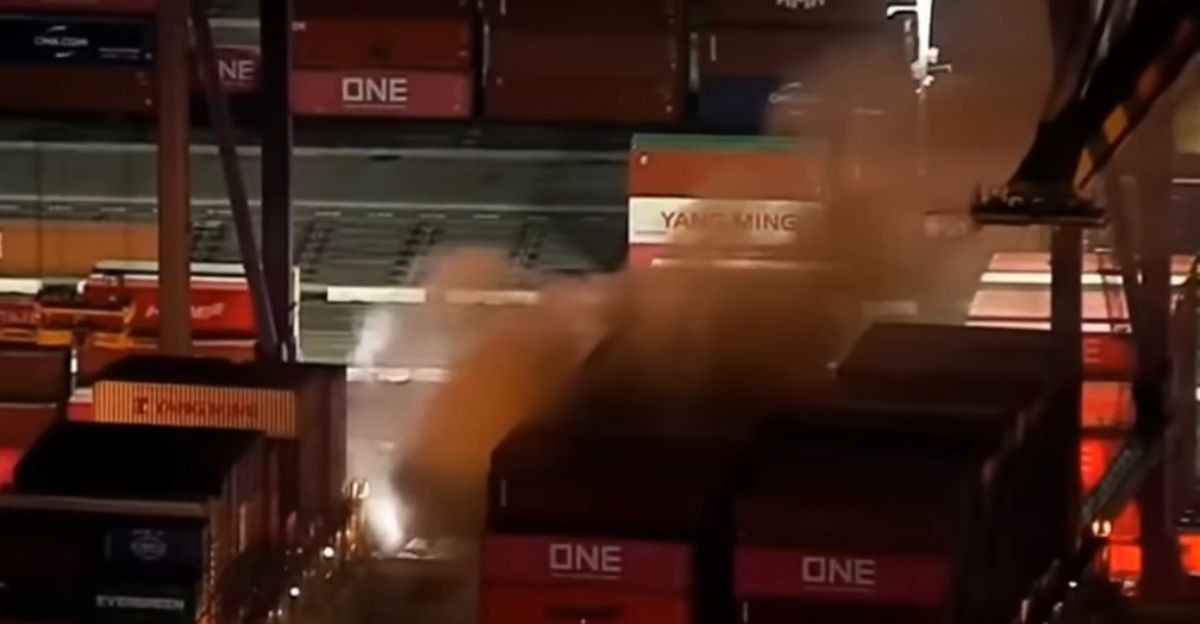
Less than ninety minutes after the fire began, a powerful explosion ripped through the ship’s mid-deck, plunging the 1,100-foot vessel into darkness and disabling all onboard cranes and lights. Firefighters, already struggling to reach the source of the blaze, now faced a rapidly spreading fire in pitch black conditions. The One Henry Hudson, which had arrived from Tokyo days earlier, was carrying 8,000 containers—some filled with hazardous materials—making the situation increasingly perilous.
Amid the chaos, six crew members were initially unaccounted for, prompting a frantic search by emergency responders. Relief came at 8:30 p.m. when all 23 crew members were confirmed safe, with no injuries reported despite the explosion and hazardous conditions.
Hazardous Cargo and a Relentless Fire
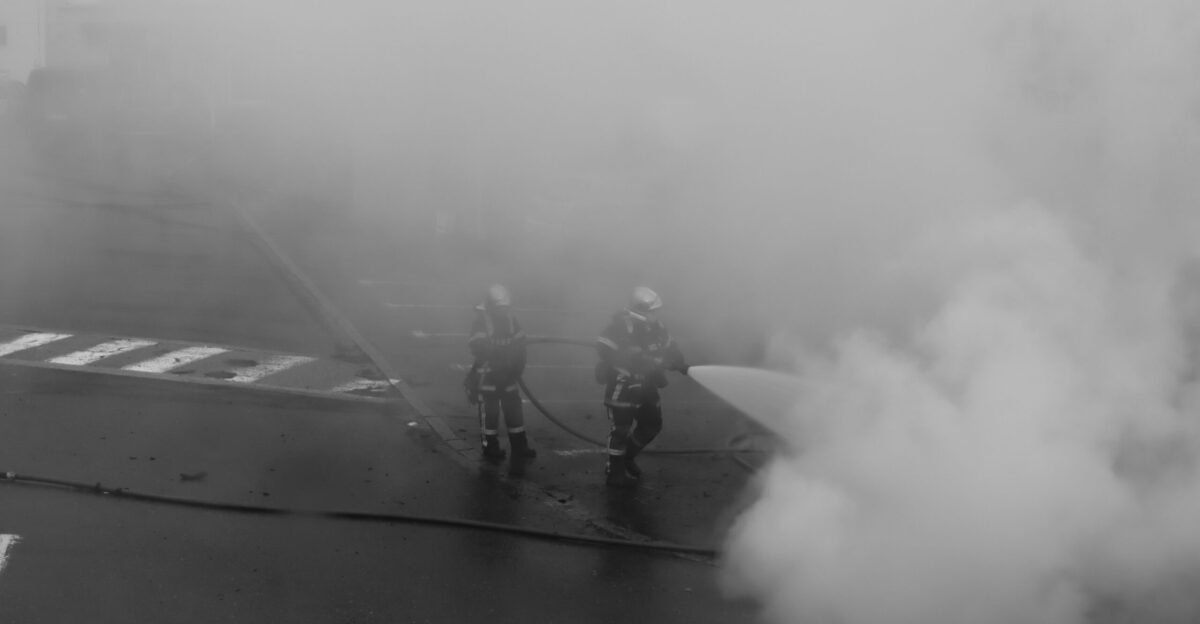
The Los Angeles Fire Department deployed 186 firefighters, joined by teams from Long Beach and LA County, to battle the flames burning in the ship’s most inaccessible sub-levels. The fire’s location made direct intervention impossible, and by 11 p.m., worsening conditions forced commanders to order all personnel off the deck for safety.
Complicating the response, several containers held dangerous goods, including lithium-ion batteries known for their risk of explosion and toxic fumes. Firefighters donned full protective suits and oxygen masks as thick smoke drifted toward nearby neighborhoods. Specialized hazmat teams monitored air quality throughout the night, while residents of San Pedro and Wilmington watched the smoke plume rise, uncertain about the risks.
Containment Efforts and Community Impact
With the fire unreachable from within, LAFD fireboats formed a protective ring around the vessel, dousing the hull and burning containers with thousands of gallons of water. Authorities monitored the ship’s stability, concerned that the sheer volume of water could threaten its buoyancy, but the vessel remained afloat.
At 12:01 a.m., Los Angeles Mayor Karen Bass issued a shelter-in-place order for surrounding communities, urging residents to stay indoors, close windows, and turn off HVAC systems as potentially toxic smoke spread. Four of the port’s seven container terminals shut down, halting operations and closing State Route 47 as the emergency zone expanded. The port, which handles over nine million containers annually, was brought to a standstill by the burning ship.
A Delicate Operation: Moving the Vessel Offshore
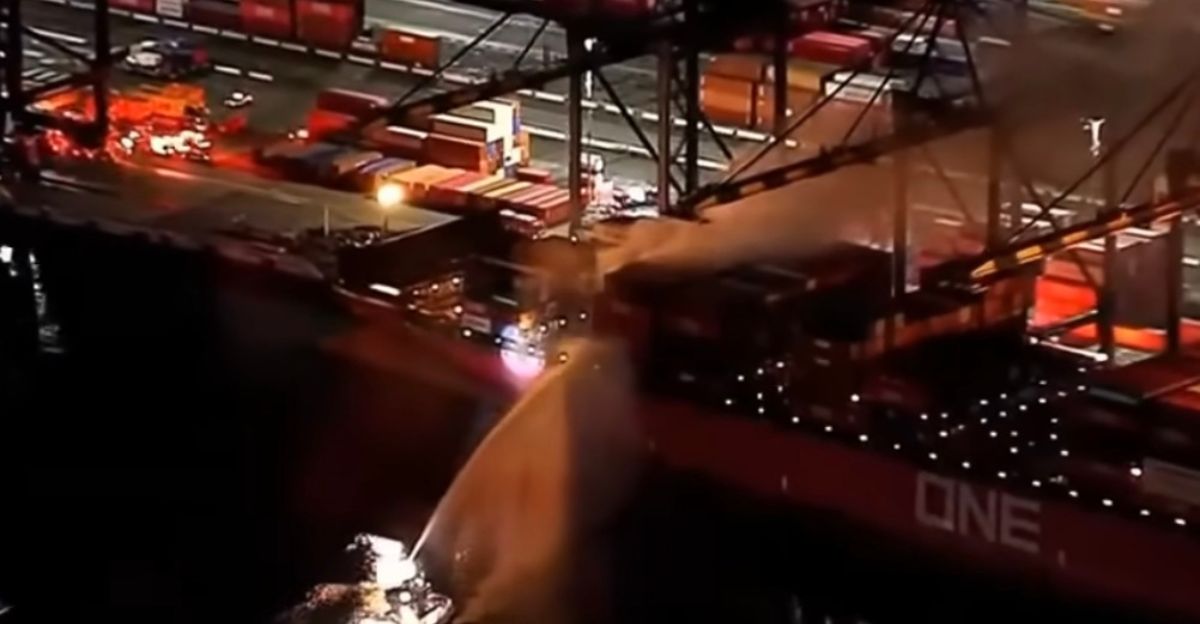
By 3 a.m., officials launched a coordinated effort to move the One Henry Hudson away from critical infrastructure. Tugboats carefully towed the vessel beyond the Vincent Thomas Bridge to an anchorage near Angel’s Gate Lighthouse, about a mile offshore. Fireboats continued to spray water throughout the move, and by 4:43 a.m., the ship was anchored safely, still burning but no longer an immediate threat to the port.
By Saturday afternoon, after nearly 19 hours of continuous firefighting, crews had isolated the blaze to a single cargo hold. The fire was “substantially contained,” according to port officials, though not fully extinguished. The U.S. Coast Guard maintained a one-mile safety perimeter around the vessel as a precaution.
Aftermath and Recovery: Assessing the Damage
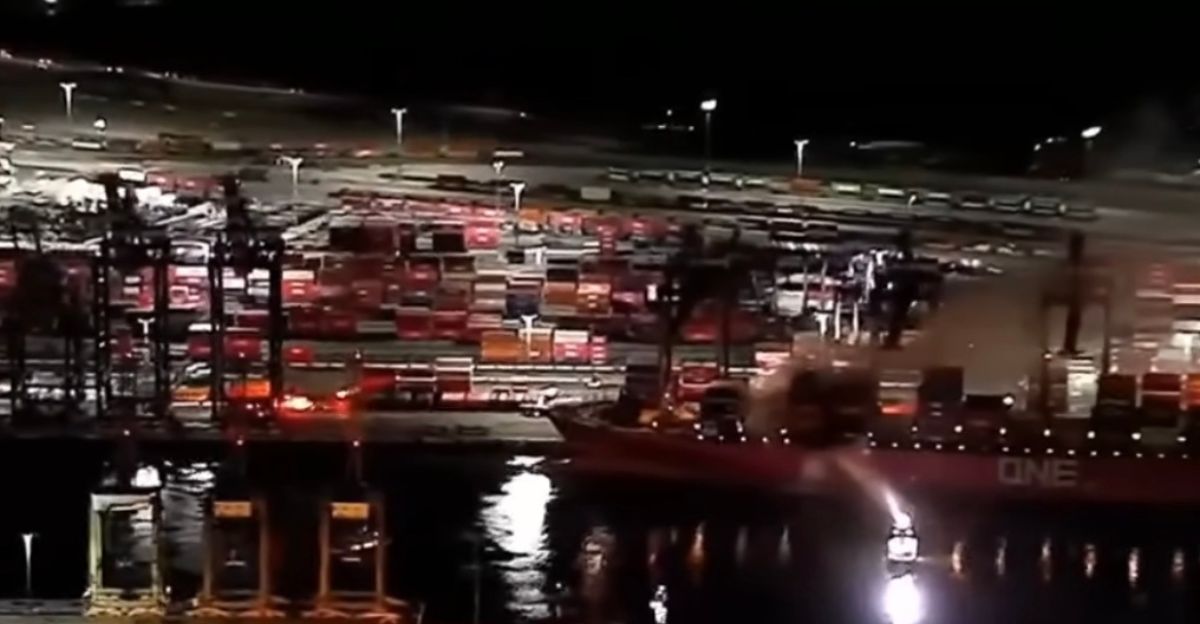
Of the 8,000 containers aboard, approximately 117 were destroyed or damaged, according to Port Executive Director Gene Seroka. The contents ranged from automotive parts and machinery to beef, fresh fruit, footwear, and personal protective equipment—goods destined for businesses across the country, now lost to the fire.
At 6:30 a.m. Saturday, air quality monitors confirmed it was safe for residents to open their windows, and the shelter-in-place order was lifted. Port operations gradually resumed, all seven terminals reopened, and State Route 47 was cleared for traffic. The community emerged from a tense, sleepless night as normalcy returned.
Unified Response and Ongoing Investigation
The emergency response involved a massive, multi-agency effort, including the LAFD, Long Beach Fire, LA County Fire, California Governor’s Office of Emergency Services, U.S. Coast Guard, and LA Port Police, all operating under a unified command. Governor Gavin Newsom’s office maintained close contact, ensuring resources were available for first responders. Salvage operations and investigations into the cause of the fire continued, with officials working to determine what sparked the initial electrical malfunction.
The incident underscored the extraordinary challenges of fighting fires aboard large container ships, especially when hazardous materials are involved and access is limited. Firefighters adapted by deploying drones with thermal imaging to map heat signatures and guide their strategy, demonstrating the evolving nature of emergency response in complex maritime environments.
Looking Ahead: Lessons for Global Trade
For 25 years, the Port of Los Angeles has been the linchpin of North American container traffic. The One Henry Hudson fire exposed the vulnerability of global supply chains to unexpected disruptions. As investigators search for answers, the event serves as a wake-up call for ports and shipping companies worldwide, raising urgent questions about safety protocols and the resilience of critical infrastructure.